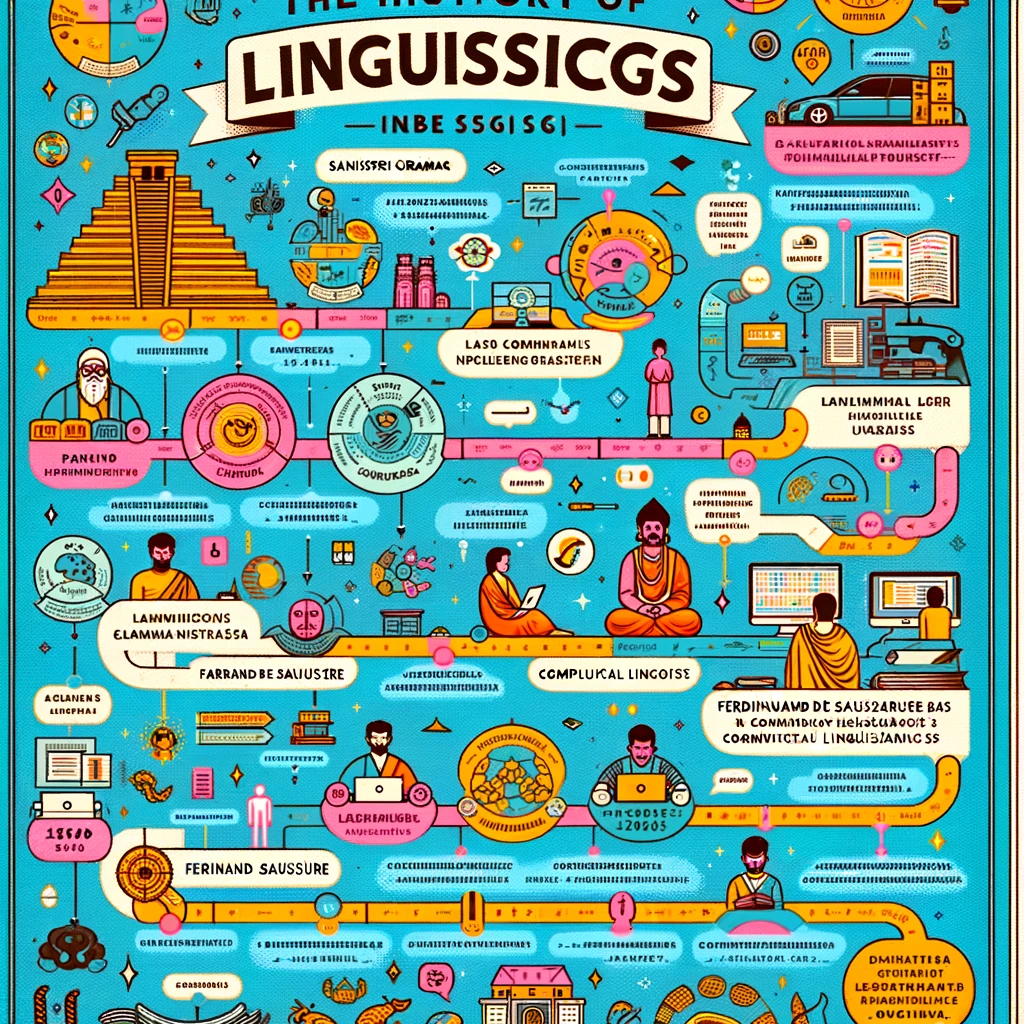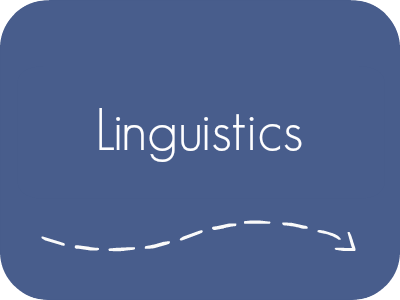On the globe there are thousands of different languages.we need to study about History of Linguistics. Ferdinand. de Saussure (1857-1913) had the mission to promote the theoretical foundations of linguistics in which he is known under the name of structuralism. The most clearly new research principles were set out in the “Course in General Linguistics” was published in 1916 by his students and colleagues. They collected the serious of lectures of his lectures.

The book received worldwide recognition, translated into many languages and reprinted many times. Its basic ideas have been widely discussed and rejected by either the threshold or adopted as a program of restructuring of theoretical linguistics. Therefore, in the future the concept of Ferdinand de Saussure and its modifications representatives of structural linguistics have repeatedly addressed.
At the heart of this concept is the principle of reductionism, which means a conscious restriction of the subject of linguistics those aspects of language that seem researcher solely or even the only significant. The essence of the approach of Ferdinand de Saussure may be illustrated by the following scheme:
- Psychology:as to the number of its subjects, Saussure applies linguistics.
- The social psychology:According to Saussure, linguistics belongs to the jurisdiction of social psychology minus means insignificant or less significant for rigorous analysis.
- Contrasting semi logy: the science of signs: included as part of the disciplines of social psychology.
Contrasting syn chronic:
Linguistics, which studies language in its state at the moment, and the purpose of diachronic linguistics, is the comparison of different time-linguistic states.
Revision inherited from the 19th century.
Linguistic inheritance and adoption of new principles of research have influenced on many linguists and scientist. But in 19th century many scientist stopped following these stereotyping myths about languages. There were some famous myths for example:
- It was recognized that the greatest perfection is inherent in the form of ancient languages or more of this ancient language.
- Priority should be given to writing, especially the art text as the most polished speech patterns.
- Linguistics will depend upon philology, requires for its understanding of the complex analysis of data involving history, culture, ethnography and others.
- The main task of linguistics is to develop standards aimed at writers of the best examples of past eras (classic).
- The linguist must work with the most common and prestigious, with a long history of written language, leaving aside all the other languages and forms of speech.
- Dialects and slang (jargon) should be recognized as products of “spoiling” the literary (model) in popular language bottom,
What Every linguist must Know History of Linguistics and its development?
In contrast, 20th century linguists were nominated by the following statement:
- The notion of progress is inapplicable to the evolution of language. Language should not be judged by the nature of its forms, and on its ability to perform its core functions.
- Linguistics must deal primarily with sounding speech given genetically secondary character writing.
- Linguistics must be unbiased, leaving aside the ethical evaluation and aspirations to engage in an objective scientific description of not only the literary language, and all forms of speech, including the analysis of the scientific, technical, business, journalistic texts, casual everyday speech, colloquialisms, professional and social slang, slang, regional dialects.
- Linguistics should apply equally respectful to all languages, regardless of whether they are written or non-literate, of whether these hundreds of millions of people and small ethnic groups, whether they considered more prestigious or do not belong to those, whether they are recognized in one country or another state, official or not to have such a status.
The second third of the 20th century.
Dominance of systematic structural linguistics
In keeping with the structuralism approach, attempts were made to give up recourse to other sciences in order to explain the specificity of the natural human language (and especially appeals to psychology) and interpret the language as a special phenomenon that is unparalleled, exclusive in nature (sui generis), as a developing and functioning according to its own laws sign system.
In general, the basic requirements of the structuralism approach can be characterized as follows:
- The use of rigorous methods of linguistic research, similar to the methods of logic, mathematics, physics, etc., which would exclude recourse to extra linguistic, outside the system (i.e., psychological, sociological, aesthetic, geographical and so on.) factors to the intuition of the scientist;
- the recognition of the integrity of the language and characteristics of each of its elements primarily through reference to its relationship with other elements of the same linguistic system, its place in the system, rather than through the transfer of its physical or other properties;
A layered structure; distinction in it level (or levels) of the iconic pieces and level (or levels) unsigned units;
Distribution methods that are used in the description of the iconic pieces, to the description of unsigned distinction linking linguistic units of the same level of
These and others close to him were put forward demands such classical schools and trends of linguistic structuralism, as the Prague, Copenhagen, London in Europe, descriptive linguistics in the United States.
In many respects they are representatives of structuralism in Switzerland (Geneva School).In essence, the spirit of the principles developed structuralism established in the late 50s.
Structural Linguistics manifested itself primarily in the study of the sound aspect of language. Old classic phonetics was opposed phonology. Phonology has made significant strides in the modeling of phonemes as the shortest sound elements in the structure of the expression of words and morphemes. In this area it was set very precise methods of scientific analysis.
Structuralism began to turn to formal methods of description of semantic, or meaningful, aspect of language. As a result of this turn there was a structural semantics.
The last third of the 20th century dogmas:
It is marked a radical turn to a broad understanding of the linguistic frontiers of its object, i.e. rejection of the principle of reduction ism and the requirements arising from it. This turn was driven by the logic of movement from linguistic thought:
- It was found that the meaning of the word and in particular proposal can be known adequately only under the following conditions:
- First, if the conditions will be considered verbal context (entourage) within the utterance or text;
- secondly, if taken into account the pragmatic situation prevailing in the production of this statement, ie will be considered who is the author of the statements, and some of his destination, what are the goals and intentions of the speaker, what are the expectations of the listener, at what time and where the act of communication takes place, the atmosphere in which there is a dialogue.
- Third, if there is paid attention to what is transmitted by the semantic content as it is formed, the resources of consciousness and memory of the speaker (and listen) at the same time used as, ultimately, language interacts with the knowledge of the world by man, his cognitive activity
Linguistics from the study of language as a self-contained system of units launched a study of how language functions in the processes of perception, understanding and speech production as it interacts with the mind and consciousness, as it responds to the constantly changing conditions of communication between people depending on social and cultural context.
Today, linguistics has not insisted on the following provisions, which follows from the principle of reduction-ism, but essentially discards them:
Some of are these.
- Communication of speech and thought should not take attention of linguists. Contact the language system and society, ethnic group; culture is not the subject of linguistics.
- Language system is homogeneous (invariant) and independent of external factors on the situations in which it is used. Changes in the language system are explained only by the influence of structural factors.
- Phonetics should be inferred beyond linguistics and is separated from the phonology.
- Today Saussure’s dichotomy is not treated as categorical imperatives. Appropriate differentiation still may be held linguist in certain cases.
In the last decades of the 20th century huge progress has been made in the development of cognitive linguistics, mathematical linguistics, and different areas of applied linguistics.
The history of linguistics is a fascinating and complex field, tracing the study of language from ancient times to the present. To summarize this history in a tabular format, we can divide it into key periods and highlight significant developments and figures in each era. Here’s a guide to creating such a table:
- Ancient Period (before 5th century AD)
- Focus: Philosophical discussions on language
- Key Figures: Panini (India), Plato and Aristotle (Greece)
- Developments: Panini’s grammar of Sanskrit, Greek work on logic and rhetoric
- Medieval Period (5th – 15th century)
- Focus: Preservation and study of ancient texts
- Key Figures: St. Augustine, Dante Alighieri
- Developments: The study of Hebrew for biblical interpretation, Dante’s work on vernacular language
- Renaissance (15th – 17th century)
- Focus: Revival of classical learning, beginning of modern linguistics
- Key Figures: Sir William Jones, Ferdinand de Saussure
- Developments: Comparative linguistics, early structuralism
- 18th and 19th Centuries
- Focus: Historical and comparative linguistics
- Key Figures: Jacob Grimm, Wilhelm von Humboldt
- Developments: Grimm’s Law, exploration of language families
- Early 20th Century
- Focus: Structuralism and formal analysis of language
- Key Figures: Ferdinand de Saussure, Leonard Bloomfield
- Developments: Concept of phonemes, binary oppositions in language
- Mid to Late 20th Century
- Focus: Transformational-generative grammar, sociolinguistics
- Key Figures: Noam Chomsky, William Labov
- Developments: Chomsky’s theory of universal grammar, Labov’s sociolinguistic studies
- 21st Century
- Focus: Computational linguistics, cognitive linguistics
- Key Figures: Ray Jackendoff, Steven Pinker
- Developments: Language processing in computers, study of language and mind
Each cell in your table can contain brief notes on these periods, figures, and developments. This format will allow you to quickly reference key points in the history of linguistics and see how the field has evolved over time.
Conclusion
The history of linguistics is a testament to the human fascination with language and the profound impact it has on our lives. From ancient origins to modern advancements, linguistics has transformed our understanding of language, communication, and human cognition. As we continue to explore the complexities of language, we gain deeper insights into what it means to be human.
